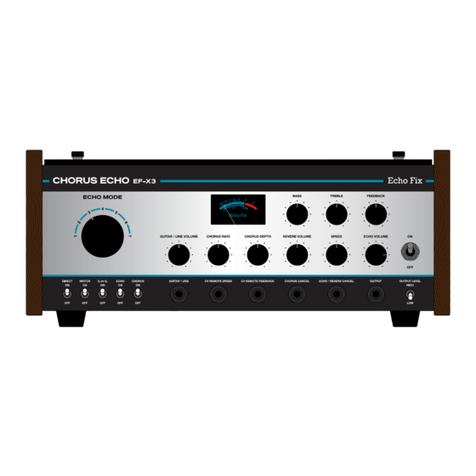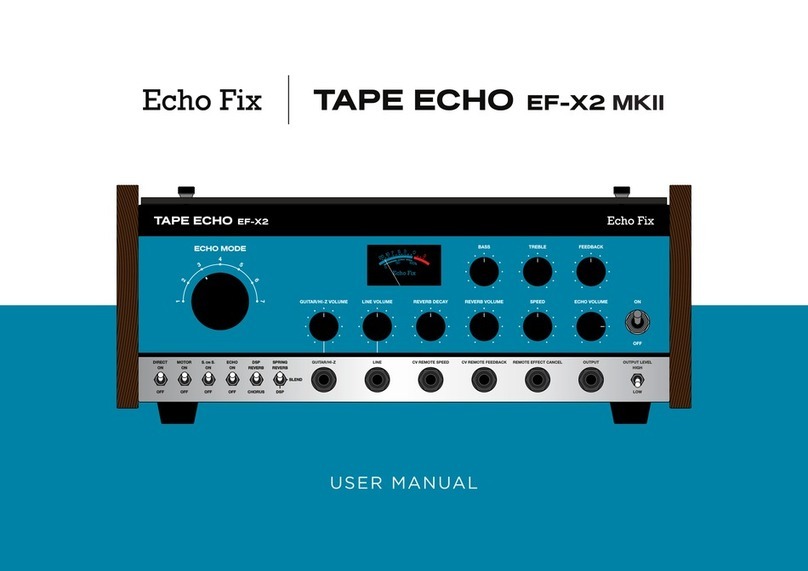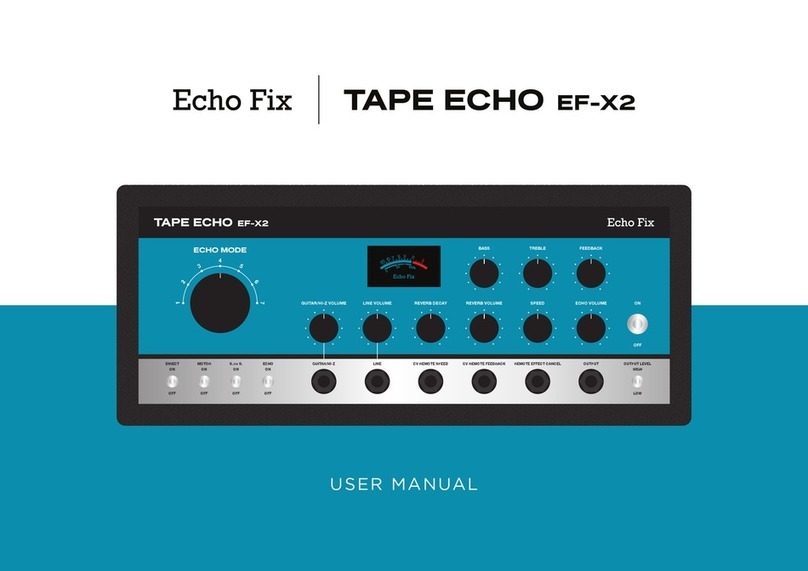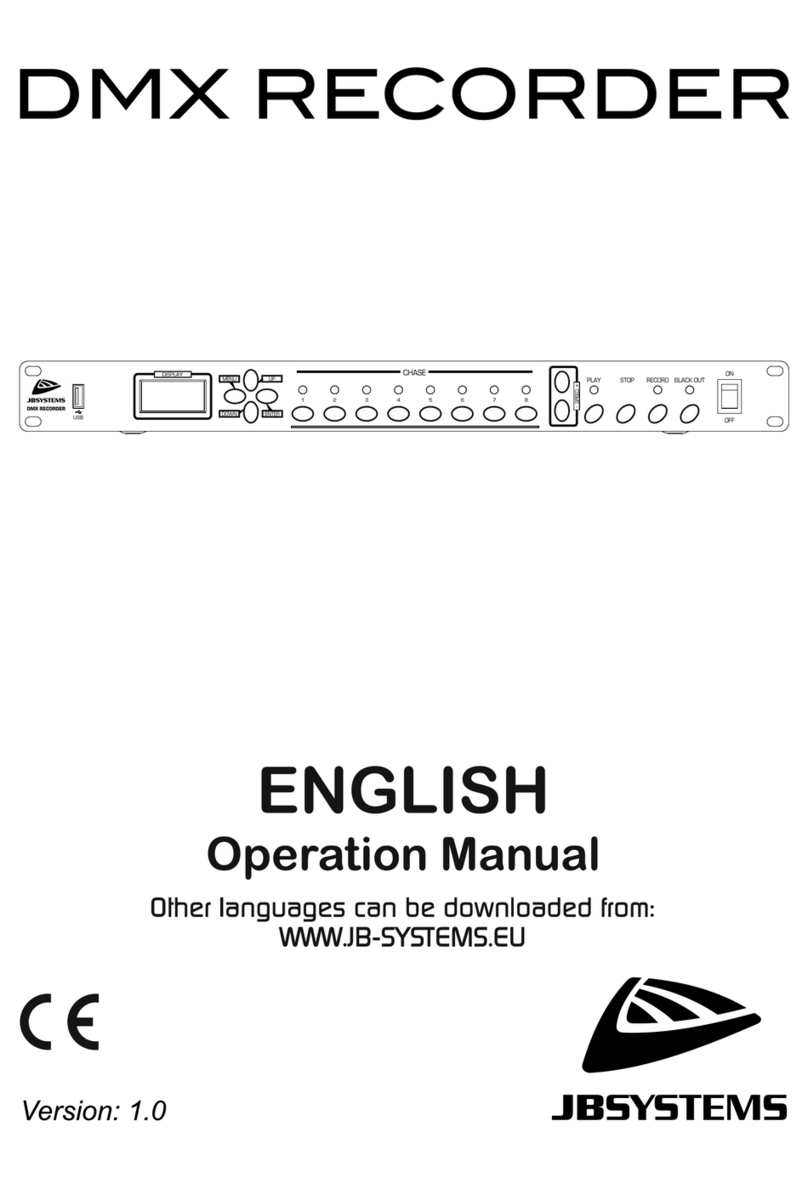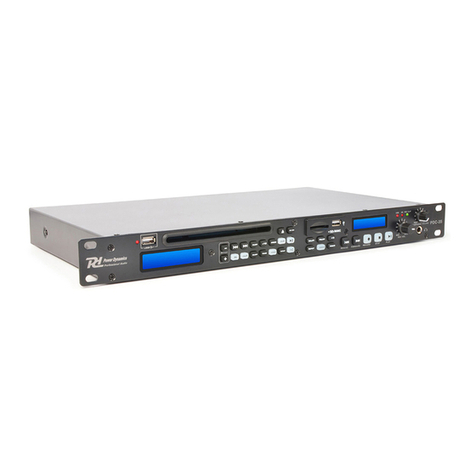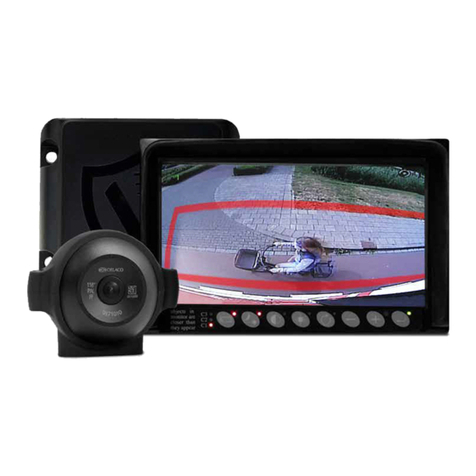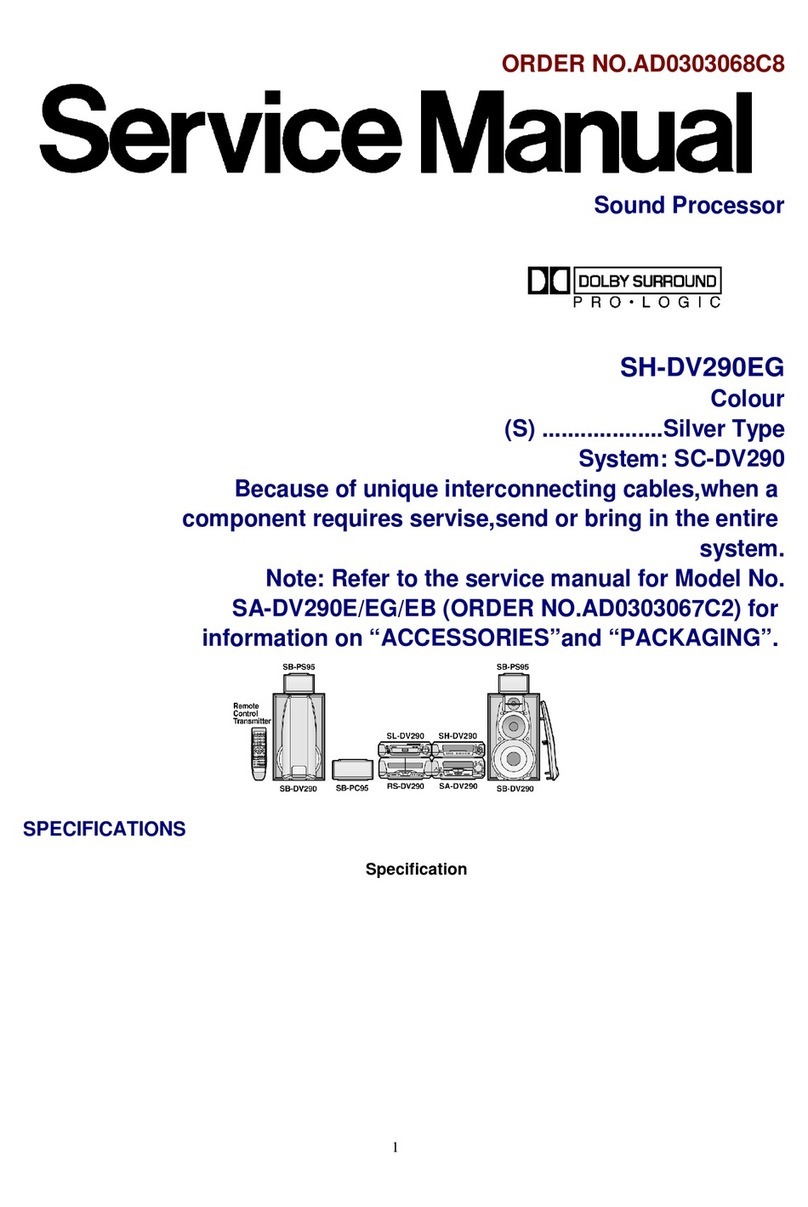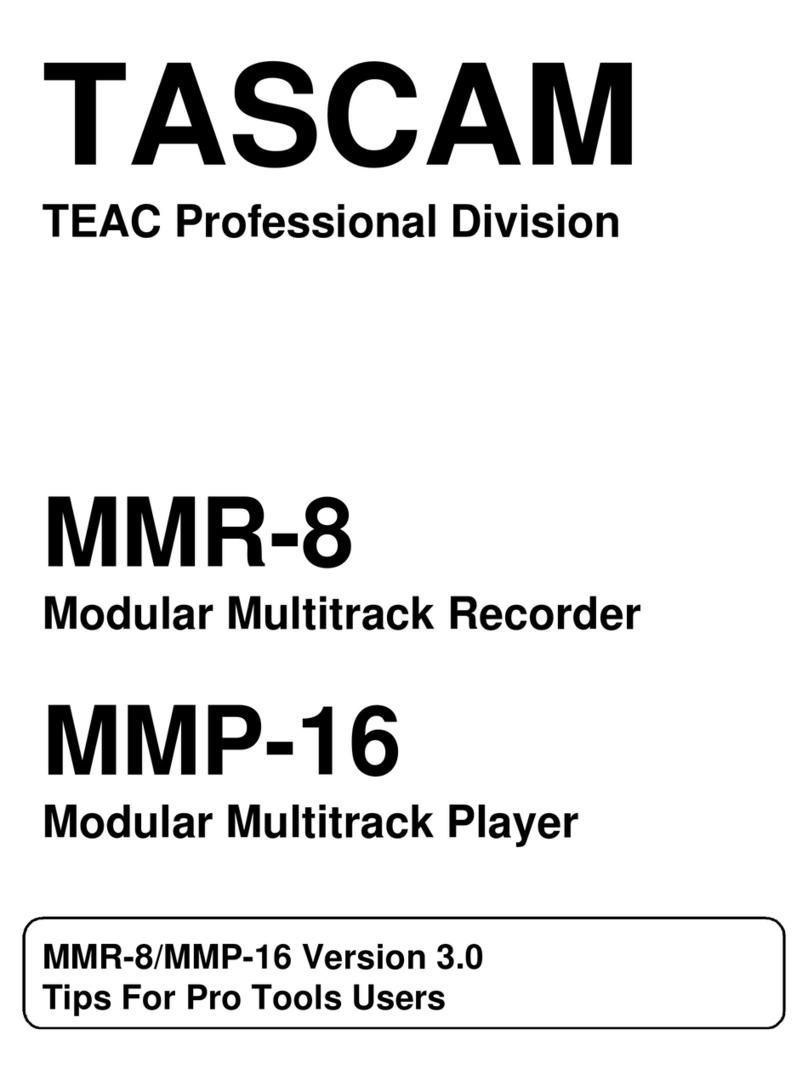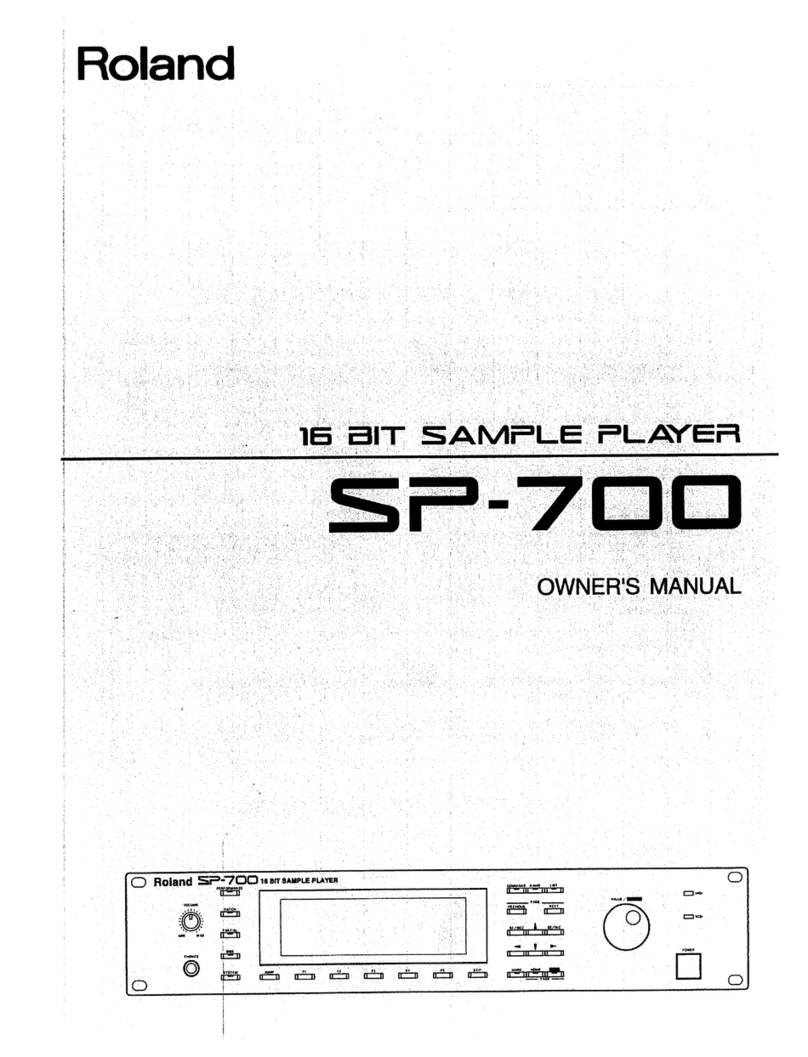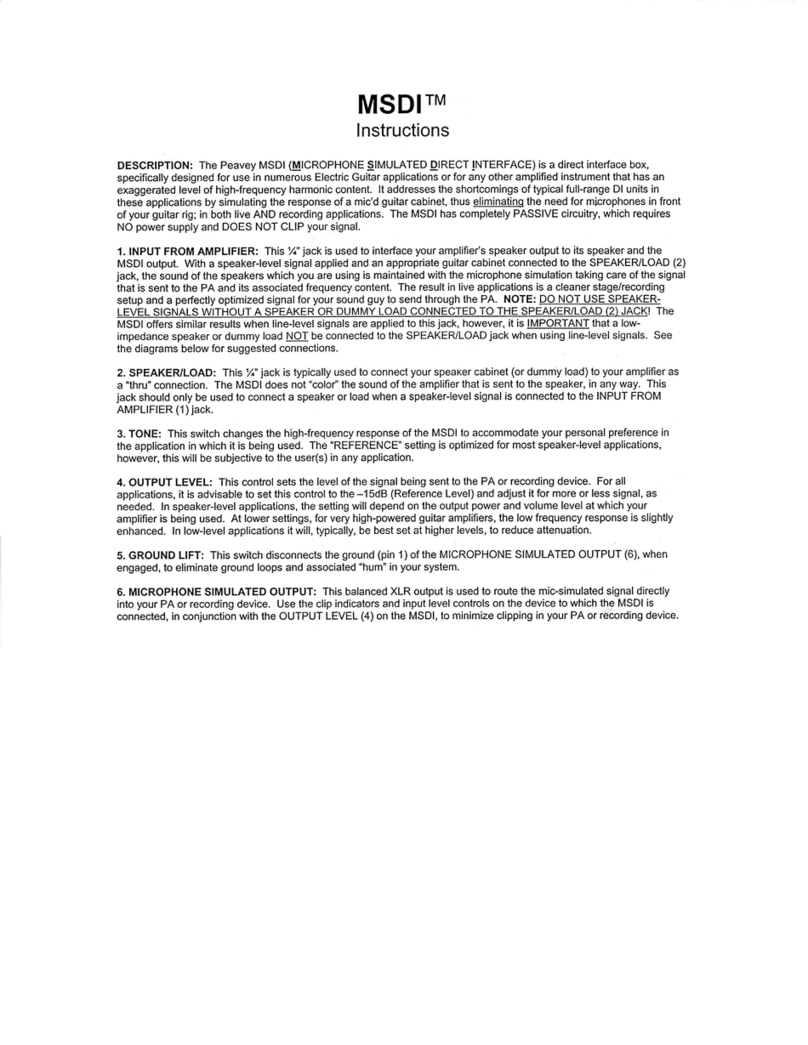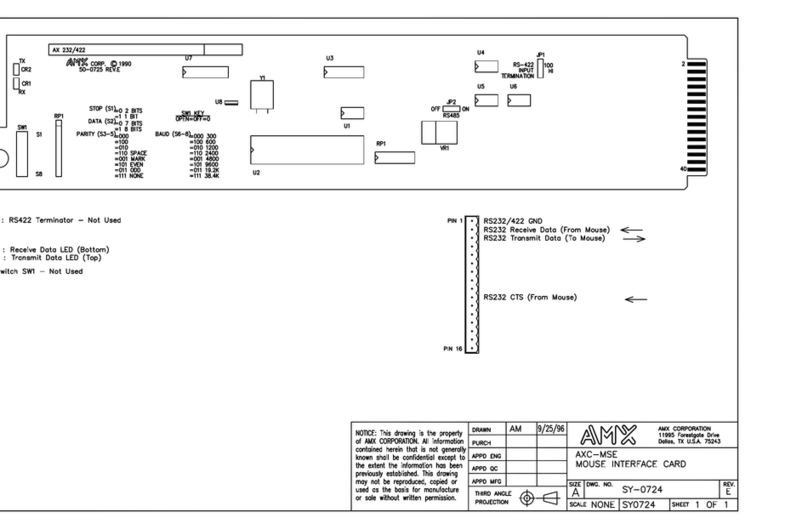Echo Fix TAPE ECHO EF-X2 User manual

4
3
2
1
7
6
5
FEEDBACKTREBLEBASS
ECHO VOLUMESPEEDREVERB VOLUMEREVERB DECAYLINE VOLUMEGUITAR/HI-Z VOLUME
ECHO MODE
CV REMOTE SPEEDLINEGUITAR/HI-Z CV REMOTE FEEDBACK REMOTE EFFECT CANCEL OUTPUT OUTPUT LEVEL
HIGH
LOW
ON
OFF
S. ON S.
ON
OFF
ECHO
ON
OFF
MOTOR
ON
OFF
DIRECT
ON
OFF
USER MANUAL

Congratulations on your purchase of the EF-X2 Tape Echo!
If you have not owned and maintained a tape echo unit before, it is strongly
recomended that you review this document prior to use.
PAGE 2 OF 8
USER MANUAL
THANK YOU
FOR CHOOSING
THE TAPE ECHO
EF-X2

USER MANUAL
PAGE 3 OF 8
1. Start here
2. Understanding the unit
3. Upkeep and issues
TABLE OF
CONTENTS

USER MANUAL
PAGE 4 OF 8
For over a decade, the Echo Fix team have serviced and repaired virtually every
model of tape echo unit ever brought to market. When it came time to design
and release our own, we’ve endeavoured to avoid the faults and issues most
commonly observed in these other products. We humbly believe ours to be the
best-sounding and most reliable tape echo ever produced.
We have designed this manual to assist in getting the best possible result
from your own EF-X2, while also avoiding any possible pitfalls. Please note the
following and keep them in mind as you get to know your unit:
• The EF-X2 is an electromechanical, analog tape echo device. While every
conceivable measure has been taken to limit noise, the echo is produced by
a tape loop engaging with multiple read and write heads. In consideration
of this, tape hiss and minor noise artefacts will be present, particularly when
pushing the preamp and running at slow delay speeds with multiple read
heads in use. These technical imperfections are inherent to “the tape echo
sound”, and completely eliminating them would be impractical and defeat
the point of building this unit in the first place
• It would also not be realistic to expect any analog device to operate without
the possibility of minor sonic interference. You probably know this already,
but we felt it important to restate.
• The reverb (and optional chorus) in the unit is a digital circuit, modelled
on our favourite examples of these sounds in earlier tape echo designs.
The option of including analog versions of these circuits was seriously
considered - and ultimately decided against. We are extremely happy with
both our decision and the ensuing results, and trust you will be as well.
• When it comes to maintaining your unit, please, please use only the
specified tape. The maintenance and upkeep of tape echoes is our entire
business - we know what we’re talking about here
• We are excited to oer CV control with the unit. Please DO NOT use
voltages outside of the 0-5v range. Doing so will void your warranty and
may cause irreparable damage to the unit.
START HERE
1

USER MANUAL
PAGE 5 OF 8
UNDERSTANDING
THE EF-X2
2A. Direct ON/OFF Switch - Switches the direct signal o or on. For traditional
echo operation (wet + dry signal), set to “ON”. For wet-only, set to “OFF”.
B. Motor ON/OFF Switch - Allows you to turn the tape drive motor on or o.
This is useful for achieving slow down/tape stop eects, or to increase tapelife
when using the EF-X2 as a preamp or for reverb eect only.
C. Sound On Sound ON/OFF Switch - Activates an additional playback head,
positioned at the unit’s longest possible delay time, in addition to your current
“speed” setting.
D. Echo ON/OFF Switch - Bypasses the echo record circuit, allowing you to
use the unit as a preamp and reverb eect only. It is also recommended to turn
“Echo Volume” (R) all the way down when using the unit in this way.
E. Guitar/Hi-Z Input - a dedicated instrument-level input with a FET preamp
circuit. Input gain is controlled by M.
F. Line input - Dedicated mono line-level input. Input gain is controlled by N.
Please note that inputs “E” and “F” can be used simultaneously if required.
G. CV Remote Speed - Allows for control of the unit “speed” function using
control voltages, including any TRS expression pedal. Connecting a CV source
to this input will disable the “Speed” control (Q).
H. CV Remote Feedback - Allows for control of the unit “feedback” function
using control voltages, including any TRS expression pedal. Connecting a CV
source to this input will disable the “Feedback” control (U).
4
3
2
1
7
6
5
FEEDBACKTREBLEBASS
ECHO VOLUMESPEEDREVERB VOLUMEREVERB DECAYLINE VOLUMEGUITAR/HI-Z VOLUME
ECHO MODE
CV REMOTE SPEEDLINEGUITAR/HI-Z CV REMOTE FEEDBACK REMOTE EFFECT CANCEL OUTPUT OUTPUT LEVEL
HIGH
LOW
ON
OFF
S. ON S.
ON
OFF
ECHO
ON
OFF
MOTOR
ON
OFF
DIRECT
ON
OFF
ABC D EFG H I JK
L
MN O P QR
STUV
W

USER MANUAL
PAGE 6 OF 8
UNDERSTANDING
THE EF-X2
2I. Remote Eect Cancel - allows for bypassing of unit functions with an external
footswitch. Connect a one-button TS footswitch to bypass the
echo only, or a two-button TRS footswitch for bypass of the echo (tip) and reverb
(ring).
J. Output - connect to an amplifier, audio interface or additional eects
processors.
K. Output Level - sets the overall output level of the unit.
L. Echo Mode - 7-position selection of the unit’s “read” heads. Please consult the
following table for a guide to these settings:
Mode 1 - Head 1 (“short”)
Mode 2 - Head 2 (“medium”)
Mode 3 - Head 3 (“long”)
Mode 4 - Head 1 + 2 (“short” + “medium”)
Mode 5 - Head 2 + 3 (“medium” + “long”)
Mode 6 - Head 1 + 3 (“short” + “long”)
Mode 7 - Head 1 + 2 + 3 (“short”, “medium” and “long”)
The Sound On Sound playback head can be engaged over all the above settings.
Additionally, the lights behind this dial will illuminate blue when the eect is active
and red when the input is overloaded (see V also).
M. Guitar/Hi-Z Volume - sets the input gain for “E”.
N. Line Volume - sets the input gain for “F”.
O. Reverb Decay - controls the decay time for the reverb circuit or the chorus
intencity.
P. Reverb Volume - controls the volume of the reverb or chorus.
4
3
2
1
7
6
5
FEEDBACKTREBLEBASS
ECHO VOLUMESPEEDREVERB VOLUMEREVERB DECAYLINE VOLUMEGUITAR/HI-Z VOLUME
ECHO MODE
CV REMOTE SPEEDLINEGUITAR/HI-Z CV REMOTE FEEDBACK REMOTE EFFECT CANCEL OUTPUT OUTPUT LEVEL
HIGH
LOW
ON
OFF
S. ON S.
ON
OFF
ECHO
ON
OFF
MOTOR
ON
OFF
DIRECT
ON
OFF
ABC D EFG H I JK
L
MN O P QR
STUV
W

USER MANUAL
UNDERSTANDING
THE EF-X2
2Q. Speed - Adjusts the echo rate, corresponding to the heads selected with
control L. Turn counterclockwise for longer echo times, or clockwise for shorter.
Please note: This is controlling the physical motion of a motor and echo times
will ramp up or down gradually when adjusted, with the pitch of any repeated
sound being sped up or slowed down accordingly.
R. Echo Volume - Adjusts the volume of the echoes mixed in to the overall
output signal. Turned all the way to maximum, the echo volume is marginally
louder than the dry signal.
S. Bass - Cuts or boosts the bass frequencies of the overall output. 12 o’clock
is “flat”.
T. Treble - Cuts or boosts the treble frequencies of the overall output. 12
o’clock is “flat”.
U. Feedback - Adjusts the echo repeat level. Please note: Setting this control
past 12 o’clock will likely result in self-oscillation. Additionally, adjusting echo
modes with “L” at higher feedback settings will increase the likelihood of self-
oscillation.
V. VU Meter - Indicates the input signal volume. Kept the signal within the blue
range for clean sounds and push into the red for saturaturation and distortion.
W. On/O - Supplies power to the unit.
Additionally, the rear panel of the unit features balanced “In” and “Out” via XLR
connectors, for use in a studio environment. If you have purchased the “reverb
to chorus” upgrade, you can switch this inside the lid of the unit.
4
3
2
1
7
6
5
FEEDBACKTREBLEBASS
ECHO VOLUMESPEEDREVERB VOLUMEREVERB DECAYLINE VOLUMEGUITAR/HI-Z VOLUME
ECHO MODE
CV REMOTE SPEEDLINEGUITAR/HI-Z CV REMOTE FEEDBACK REMOTE EFFECT CANCEL OUTPUT OUTPUT LEVEL
HIGH
LOW
ON
OFF
S. ON S.
ON
OFF
ECHO
ON
OFF
MOTOR
ON
OFF
DIRECT
ON
OFF
ABC D EFG H I JK
L
MN O P QR
STUV
W
PAGE 7 OF 8

USER MANUAL
PAGE 8 OF 8
• If you are not getting expected results from the unit, please ensure that
switches A, B, C and D are positioned as follows: Direct ON, Motor ON, S
on S OFF, Echo ON. This may seem very simple, but it’s surprisingly easy to
miss - even for those of us who’ve designed the unit. Similarly, make sure that
the corresponding input volume control for your desired input (M or N) is set
to 12 o’clock, the Echo Volume (R) is turned up, and the Feedback control (U)
is set around 11 o’clock.
• Your unit ships with a universal-voltage switch-mode power supply. This is
safe to connect to any worldwide mains voltage supply, using the correct
IEC-C7 (“Figure 8”) cable for your region. If you should need to replace this
for any reason, please ensure that you use a high-quality, low-noise 24v
2amp supply with a positive centre. Of course, you can always contact us for a
replacement supply as well.
UPKEEP AND
TROUBLE SHOOTING
3
If you have questions or concerns, you are welcome to contact us at any time,
and we’ll do whatever we can to help. support@echofix.com
Your EF-X2 has been designed to last - whether in a studio environment or
regularly used in a live environment, we’ve done everything we possibly can to
ensure that your unit will be up to the task. On your end, however, there are a few
simple measures you can take to ensure reliable and consistent performance.
• Tape echoes rely on the use of tape and parts that are designed for the
task. We have been fitting premium parts and tape to other units for years
- it hopefully goes without saying, but only use genuine Echo Fix EF-X2 parts
for the upkeep of your unit. The fitting of inferior tape or parts will void your
warranty, will adversely aect performance, and will likely damage the unit.
• Regularly clean the heads on your unit with isopropyl alcohol and and cotton
tips (cotton tips supplied). Please refer to our “how-to” guide on Youtube if
you aren’t sure how to do this.
Other manuals for TAPE ECHO EF-X2
2
Table of contents
Other Echo Fix Recording Equipment manuals
Popular Recording Equipment manuals by other brands
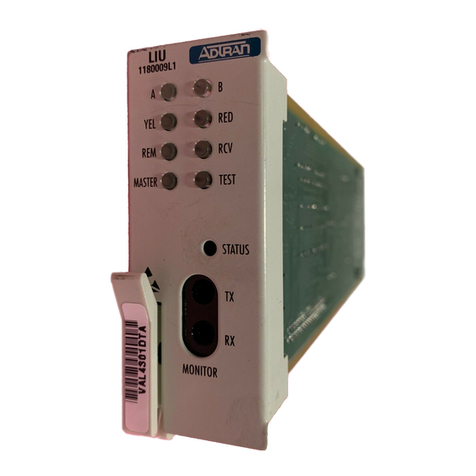
ADTRAN
ADTRAN Total Access 1500 Installation and maintenance practice
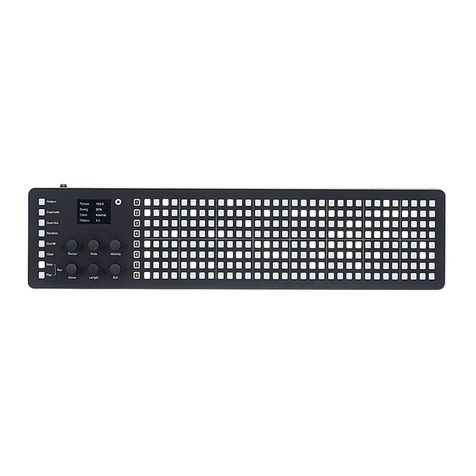
Polyend
Polyend MIDI Step Sequencer user manual
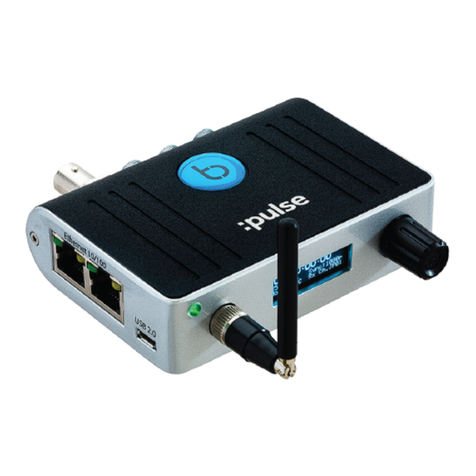
timecode systems
timecode systems mini basestation user guide

Ziatech Corporation
Ziatech Corporation ZT 6631 Hardware user manual
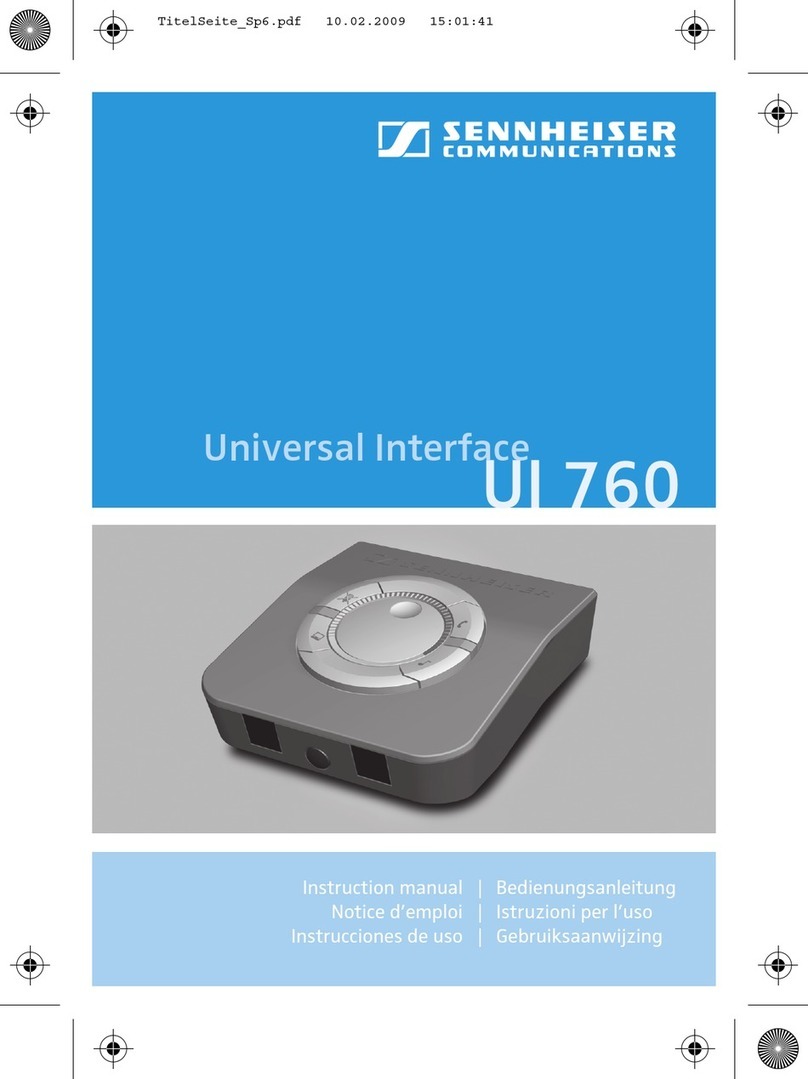
Sennheiser
Sennheiser UI 760 instruction manual
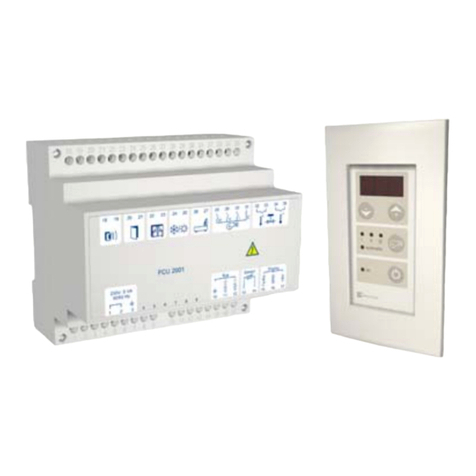
SyxthSense
SyxthSense FCU2001 Engineering guide

